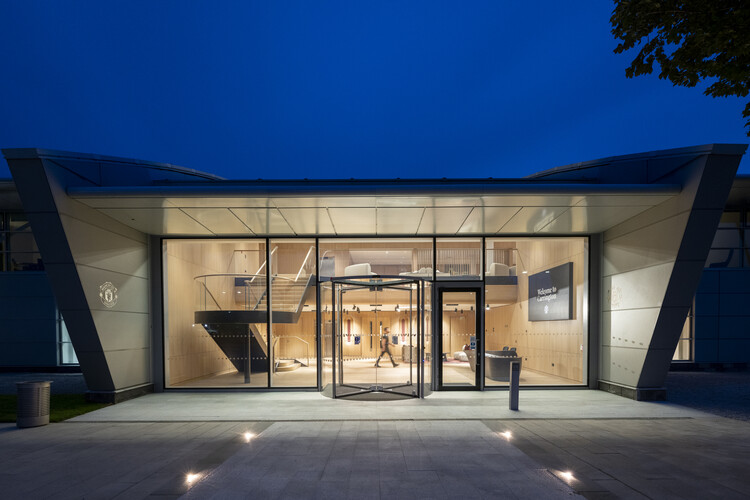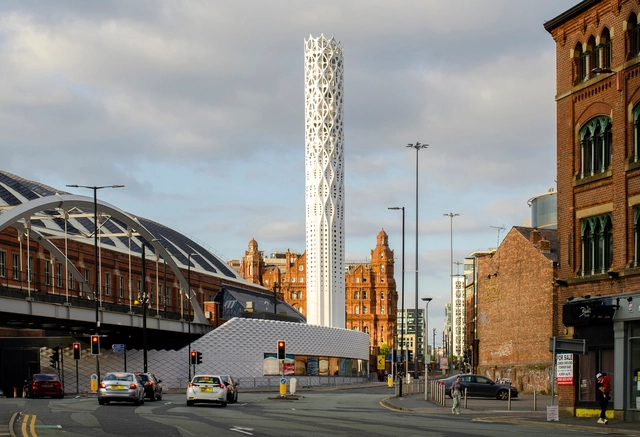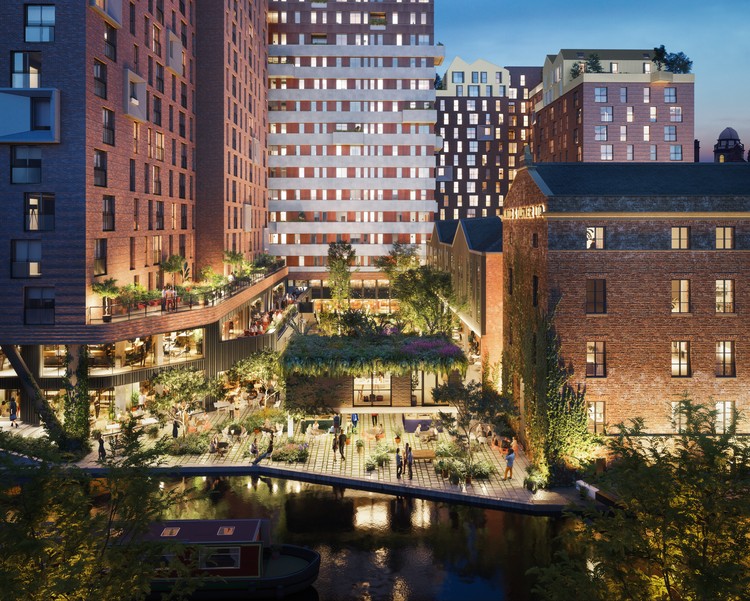
Foster + Partners has completed the modernization of Manchester United's men's first team building at the Carrington Training Complex. The project rethinks the 1999 structure to create a high-performance, collaborative environment for players and staff, integrating new facilities while retaining much of the original building's structure. The refurbishment introduces large windows and rooflights to bring natural light deep into the floor plate, complemented by timber panelling that adds warmth and a sense of permanence. Integrated MEP systems improve the building's operational performance, energy efficiency, and overall user experience.
























































.jpg?1609277051&format=webp&width=640&height=580)
.jpg?1609277115)

.jpg?1609276989)
.jpg?1609277252)
.jpg?1609277051)
.jpg?1566858685)
.jpg?1566858594)
.jpg?1566858905)
.jpg?1566858509)
.jpg?1566859180)
.jpg?1566934809)



















